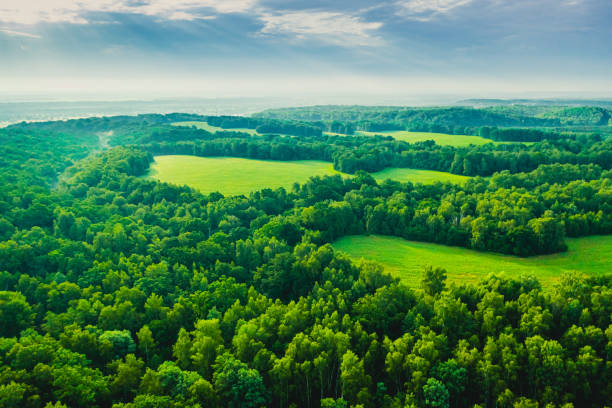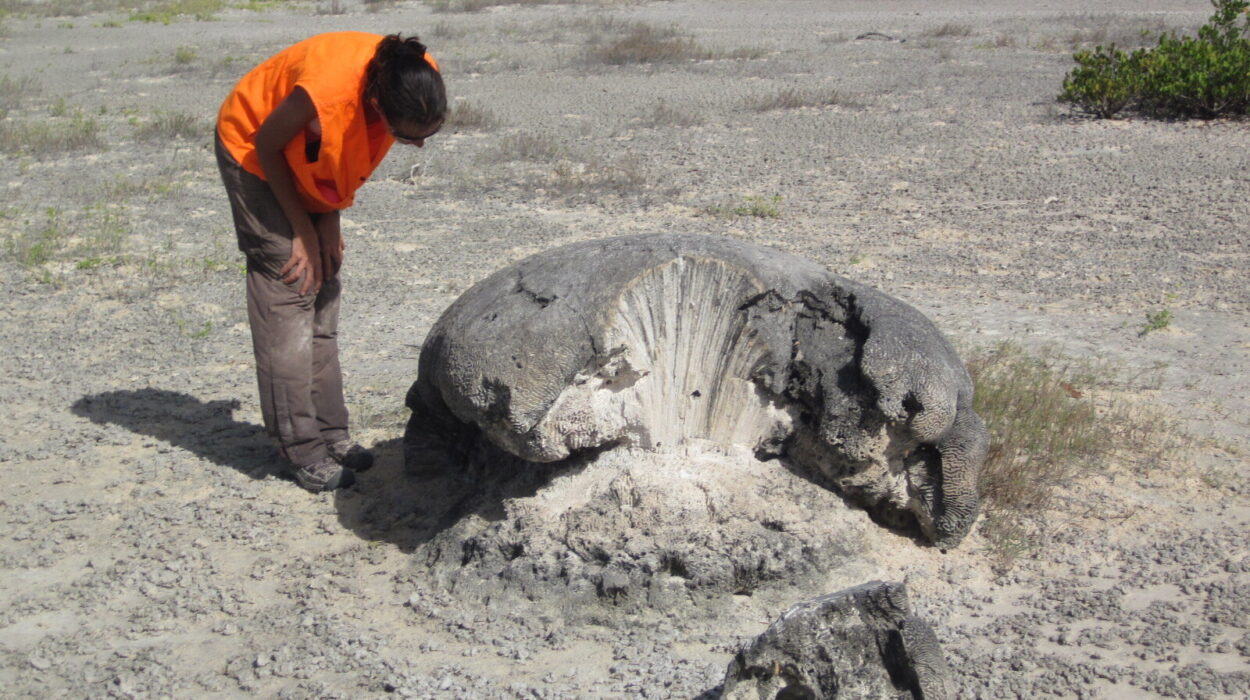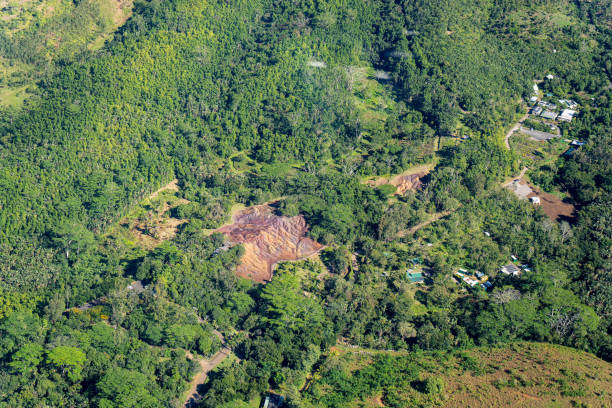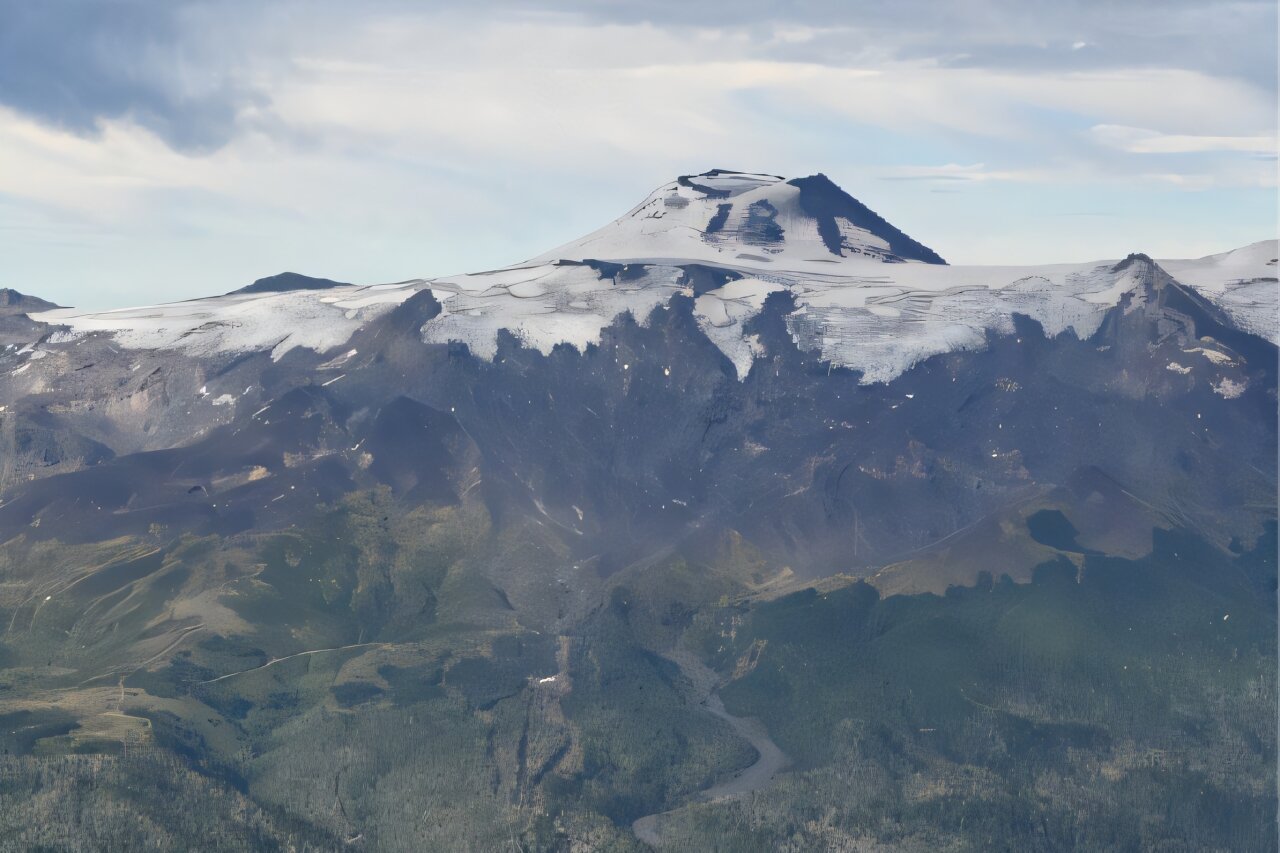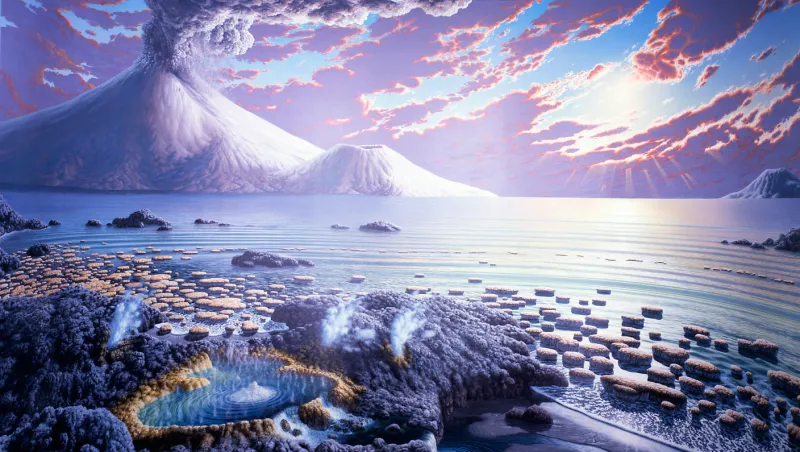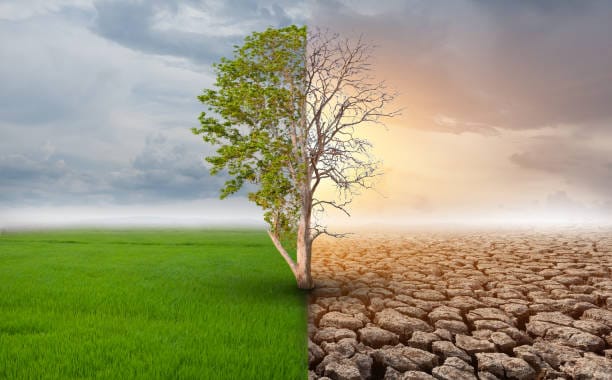Long before cities rose to touch the clouds and before the night sky glowed with artificial light, Earth was a planet of rhythms and balance. Winds whispered through untouched forests. Oceans ebbed and flowed with age-old precision. Animal migrations unfolded like poetry, and the atmosphere cradled life in its protective embrace. For millions of years, Earth danced in harmony with itself—a living, breathing ecosystem where every organism had a place, and every action had a counterbalance.
But then came a species unlike any other.
Humans—brilliant, inventive, endlessly curious—began to shape their surroundings. From mastering fire to building civilizations, we flourished. Yet in the process, we began to unknowingly, and later knowingly, tip the delicate scales of our planet. We are no longer just inhabitants of Earth. We are the dominant force reshaping it.
This is the story of how our actions have begun to alter the very climate and ecosystems that once nurtured us—and what it means for our future.
The Great Acceleration
The Industrial Revolution marked a turning point in human history—and Earth’s. When steam engines roared to life and factories belched smoke into the sky, humanity took its first major steps into what scientists now call the Anthropocene: a new epoch where human activity became the defining influence on the planet’s systems.
In less than three centuries, fossil fuels like coal, oil, and natural gas powered our rise. They fueled machines, lit cities, and connected continents. But with every puff of smoke and drop of gasoline burned, carbon dioxide and other greenhouse gases accumulated in the atmosphere. These invisible emissions began to act like a thermal blanket around Earth, trapping heat that would otherwise escape into space.
And so, slowly but surely, the planet began to warm.
It wasn’t always obvious. A few degrees here, a melting glacier there. But over time, patterns emerged. Seasons shifted. Storms grew fiercer. Coral reefs bleached. Forests burned. And the unmistakable signature of human impact began etching itself across every ecosystem.
A Warming World: The Climate Unraveled
At the heart of climate change lies the greenhouse effect—an entirely natural phenomenon that makes life on Earth possible. Without it, our planet would be a frozen, lifeless rock. But human activities have intensified this effect beyond its natural bounds.
Since pre-industrial times, the concentration of carbon dioxide in the atmosphere has risen from about 280 parts per million to over 420—a level not seen in millions of years. Methane, a far more potent greenhouse gas in the short term, has also surged due to agriculture, waste management, and fossil fuel extraction.
As a result, the average global temperature has risen by about 1.2°C (2.2°F) since the late 19th century. It might not sound like much, but this small shift has vast consequences. Climate is the foundation upon which ecosystems are built. Alter it, and everything built upon it begins to change.
The Arctic, once locked in permafrost and ice, is warming four times faster than the rest of the planet. Sea ice retreats year after year, and with it goes the habitat of polar bears, seals, and countless other species. In Greenland and Antarctica, ice sheets melt at alarming rates, adding to the rising seas.
Meanwhile, heatwaves become more intense and frequent across continents. Forests, which once absorbed carbon, become tinderboxes. Wildfires now rage in Siberia, the Amazon, California, and Australia with increasing ferocity, releasing carbon back into the air—feeding the very cycle that caused them.
Ecosystems Under Siege
Beyond the temperature graphs and climate models lie living, breathing worlds—rainforests, wetlands, oceans, grasslands. These ecosystems are not just picturesque backdrops. They are vital systems that regulate climate, purify water, produce oxygen, and provide homes for countless species.
But as the climate shifts, ecosystems begin to unravel.
Coral reefs—often called the rainforests of the sea—are among the most sensitive. They thrive within a narrow temperature band. Just a few degrees of warming can cause corals to expel the algae that give them color and nutrients. This “bleaching” turns once-vibrant reefs into ghostly skeletons. The Great Barrier Reef, visible from space, has suffered repeated bleaching events in the past decade alone.
Tropical rainforests, like the Amazon, once absorbed more carbon than they released. But deforestation, combined with warming and drought, has begun to flip that balance. In parts of the Amazon, the forest now emits more carbon than it captures. Logging, mining, and agriculture continue to carve roads and scars through this ancient wilderness, fragmenting habitats and pushing countless species toward extinction.
And in the oceans, acidification caused by absorbed carbon dioxide threatens shell-forming organisms like plankton, oysters, and clams—the base of the marine food web. Without them, the entire oceanic chain is at risk.
The Human Fingerprint
Scientists no longer wonder if humans are causing climate change. The evidence is overwhelming. It’s in the atmospheric chemistry. It’s in the sediment cores, ice layers, and tree rings. It’s in the frequency of floods and the pattern of droughts. It’s in the migration of birds, the blooming of flowers, the disappearance of glaciers.
Climate models that include only natural variables—like solar activity and volcanic eruptions—fail to explain the observed warming. Only when human emissions are included do the models align with reality.
But our impact goes beyond carbon.
We change the Earth through land use. As cities grow, forests shrink. Urban sprawl consumes natural habitats, replacing green with gray. Roads dissect wilderness, isolating species and altering migration routes.
Agriculture, while essential to feeding billions, has transformed vast tracts of land. Monoculture farming depletes soil, relies on chemical inputs, and reduces biodiversity. Pesticides and fertilizers seep into rivers, creating “dead zones” in oceans where nothing can survive.
Industrial fishing has decimated fish stocks, while plastic pollution chokes marine life. Mining scars the land, and damming rivers disrupts their natural flow, affecting everything downstream—from fish to farmland.
The Sixth Mass Extinction
Earth has seen five mass extinction events in its 4.5-billion-year history. The last one, 66 million years ago, wiped out the dinosaurs. Today, scientists warn that we are living through a sixth—caused not by asteroids or supervolcanoes, but by us.
Species are vanishing at rates 100 to 1000 times faster than the natural background rate. More than a million plant and animal species face extinction in the coming decades, according to the UN’s Intergovernmental Science-Policy Platform on Biodiversity and Ecosystem Services.
From bees that pollinate our crops to amphibians that regulate ecosystems, the loss is not just a moral tragedy—it’s a practical one. Biodiversity is not a luxury. It is the web of life that supports us. Every species lost weakens that web.
And extinction is irreversible.
The Human Cost: More Than Just Nature
Climate change is not some distant threat to future generations or polar bears alone. It’s already reshaping the lives of millions.
Rising seas threaten coastal cities like Jakarta, Miami, and Dhaka. Extreme weather—floods, hurricanes, droughts—destroys homes, crops, and infrastructure. Heatwaves claim lives, especially among the elderly and vulnerable. Climate refugees are becoming a reality, fleeing regions where agriculture fails or water dries up.
Public health is under threat. As mosquitoes move into new areas, diseases like malaria and dengue spread. Smoke from wildfires chokes cities. Food security wavers as crops face heat stress and erratic rainfall.
And the economic costs are staggering—billions in damage from natural disasters, lost productivity, and adaptation measures.
Hope in the Face of Crisis
Yet, this is not a story of doom alone. It is also a story of awakening, of resilience, of innovation.
Around the world, individuals, communities, and nations are recognizing the urgency and acting.
Renewable energy—once a niche technology—is now mainstream. Solar and wind power are the cheapest sources of new electricity in many regions. Electric vehicles are becoming more affordable. Cities are reimagining urban spaces with green roofs, bike lanes, and sustainable transport.
Young people are rising up, demanding climate justice and accountability. Scientists are working on carbon capture, green hydrogen, and regenerative agriculture. Conservationists are rewilding landscapes, bringing back species, and restoring damaged ecosystems.
And more importantly, mindsets are shifting. We are beginning to see ourselves not as conquerors of nature, but as part of it.
The Choice We Still Have
The future is not written in stone. While some impacts of climate change are already locked in, the worst outcomes are still preventable. What happens next depends on what we do now.
If we reduce emissions, preserve ecosystems, and adapt wisely, we can avoid catastrophe and build a more sustainable world. A world where clean air and water are not luxuries. Where forests thrive. Where coral reefs are not memories. Where humanity lives not in conflict with Earth, but in balance.
But it requires bold action. From governments, businesses, and every individual. It means changing how we live, what we consume, how we travel, how we farm, and how we think about our place in the world.
The Earth Is Speaking. Are We Listening?
Walk into a forest after rain and smell the life rising from the soil. Watch a murmuration of starlings dance across the twilight. Dive beneath the ocean’s surface and feel the heartbeat of a reef. This planet, for all its fragility, still pulses with wonder.
But it is changing.
Not by nature’s hand alone—but by ours.
This is not just a story of loss. It is a call to awareness. A call to responsibility. A call to love and protect the only home we have ever known.
For in the end, saving the climate and Earth’s ecosystems is not about protecting nature from us.
It’s about protecting ourselves from the loss of nature.
And ensuring that the quiet, thriving planet we inherited does not become a memory whispered only in books.
